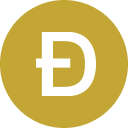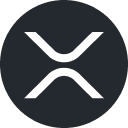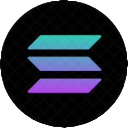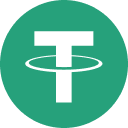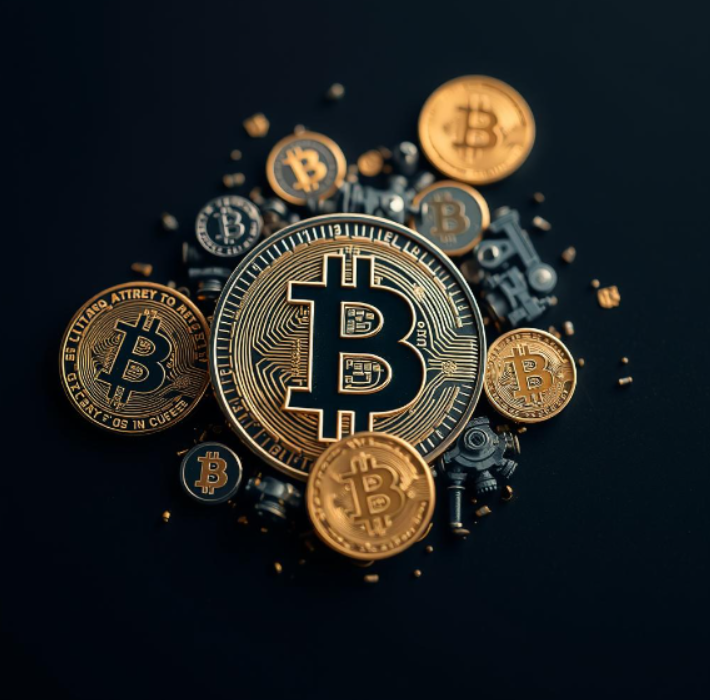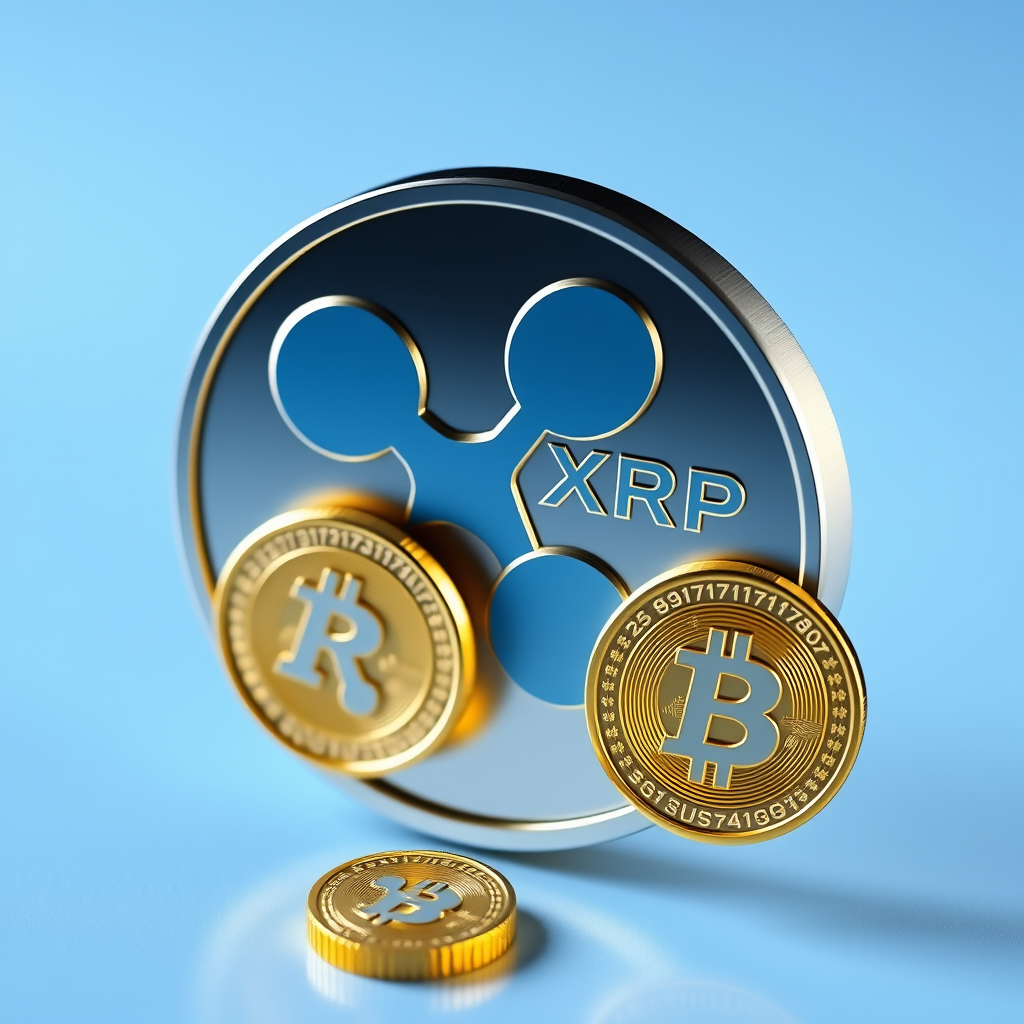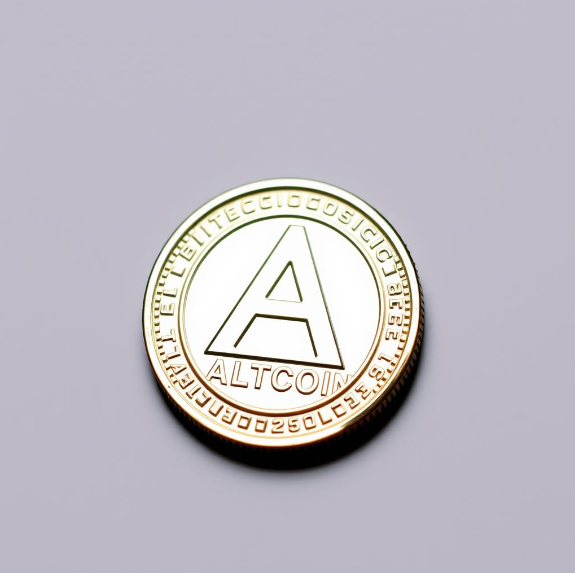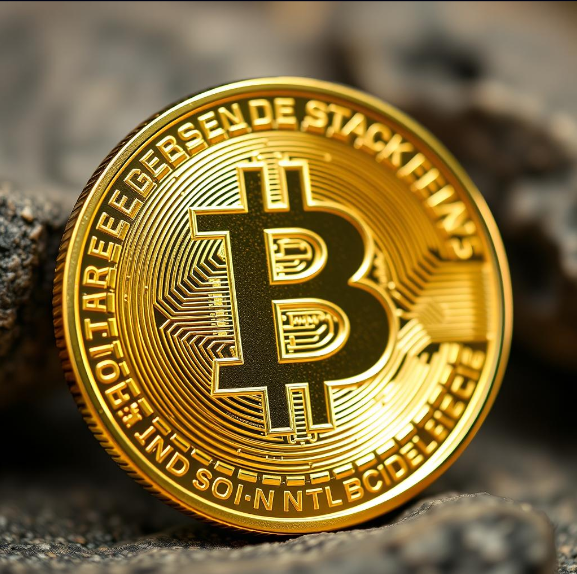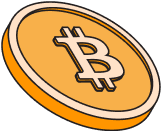How to Choose an Exchange to Buy and Trade Stacks (STX)
When selecting an exchange to buy and trade Stacks (STX), it's important to consider various factors to ensure a smooth and secure trading experience. Key considerations include understanding trading fees, evaluating the available payment methods, ensuring robust security features, and assessing the platform's accessibility. Additionally, checking the liquidity of STX on the exchange, the quality of customer support, and the exchange’s reputation within the STX trading community can help you make an informed decision that aligns with your trading goals.
Security
Security is paramount when choosing an exchange for trading Stacks (STX). A reputable exchange should implement robust security measures, such as two-factor authentication (2FA), cold storage of assets, and regular security audits. These features help protect your funds from potential hacks and unauthorized access. Since the cryptocurrency market is vulnerable to security breaches, selecting an exchange with a strong focus on security can provide peace of mind and safeguard your investments.
Trading Fees
Trading fees play a significant role in determining the overall cost of your trades. These fees are usually a percentage of each transaction and can vary depending on the exchange. Some platforms offer tiered fee structures, reducing costs for high-volume traders, while others charge flat rates. Understanding the fee structure is crucial because it directly impacts your profitability, especially if you are a frequent trader. By comparing fees across exchanges, you can select a platform that offers the best value for your trading needs.
Payment Methods
The variety of payment methods supported by an exchange can greatly influence your trading experience. Some exchanges allow for deposits via bank transfers, credit cards, and even other cryptocurrencies, offering flexibility in how you fund your account. The availability of convenient and cost-effective payment options can make it easier to deposit funds and start trading STX quickly. Additionally, the speed and fees associated with each payment method should be considered to ensure they align with your preferences.
Accessibility
Accessibility is a critical factor, encompassing both the usability of the platform and its availability in your region. A user-friendly interface that is easy to navigate is essential for both beginners and experienced traders. Additionally, the exchange should be available in your country and support your local currency, if applicable. Some platforms also offer mobile apps, allowing you to trade STX on the go, enhancing your trading flexibility and convenience.
Liquidity of Crypto Assets
Liquidity is crucial when trading Stacks (STX) because it affects how quickly and at what price you can execute trades. High liquidity means that there are enough buyers and sellers in the market, allowing you to buy or sell STX without significantly affecting its price. This is especially important for large trades, where low liquidity can lead to slippage and less favorable prices. Choosing an exchange with high liquidity for STX ensures smoother and more efficient trading.
User Interface
The user interface (UI) of an exchange can greatly impact your trading experience. A well-designed UI should be intuitive and easy to navigate, allowing you to quickly access key features like order placement, market analysis, and account management. For traders of all levels, a user-friendly interface reduces the likelihood of errors and enhances the overall efficiency of trading. Therefore, it's essential to choose a platform with a UI that meets your needs and makes your trading experience as seamless as possible.
Reputation Amongst STX Traders
The reputation of an exchange within the Stacks (STX) trading community is a strong indicator of its reliability and quality. An exchange with a good reputation is likely to offer better security, customer service, and trading conditions. Researching user reviews, community feedback, and expert opinions can provide valuable insights into how well the exchange meets the needs of STX traders. A well-regarded platform can enhance your trading experience and give you confidence in your choice.
Support
Customer support is an often overlooked but vital aspect of trading. An exchange with reliable and responsive customer support can assist you quickly if you encounter any issues, whether technical or related to your account. Look for platforms that offer multiple support channels, such as live chat, email, and phone support. Quality customer service can significantly enhance your trading experience by providing timely help and ensuring that your trading activities are not disrupted.
What is Stacks (STX)?
Stacks (STX) is a unique cryptocurrency that aims to bring smart contracts and decentralized applications (dApps) to Bitcoin without altering its core features. By leveraging the security and stability of the Bitcoin network, Stacks enables developers to build scalable, user-owned applications that can interact with Bitcoin's blockchain. What sets STX apart is its use of the Clarity smart contract language, which is designed to be predictable and secure. These attributes make Stacks a powerful tool for enhancing Bitcoin's capabilities, influencing both the choice of exchange and trading strategies for STX.
History of Stacks (STX)
Stacks (STX) originated as Blockstack in 2017, with the vision of creating a decentralized internet powered by Bitcoin. The project was co-founded by Muneeb Ali and Ryan Shea, who sought to build a platform that could enable decentralized applications and smart contracts to be built on top of Bitcoin. In 2020, Blockstack rebranded to Stacks as it evolved to focus more on its ecosystem and the potential of smart contracts on Bitcoin. The Stacks 2.0 mainnet launch in January 2021 marked a significant milestone, introducing a new consensus mechanism called Proof of Transfer (PoX) that links the security of STX to Bitcoin itself.
The Future of Stacks (STX) in the Cryptocurrency Market
The future of Stacks (STX) in the cryptocurrency market is promising, driven by its unique approach to bringing smart contracts and decentralized applications to Bitcoin. As more developers and projects build on the Stacks platform, the utility and demand for STX are likely to grow. Additionally, upcoming developments, such as new dApps and improvements to the Stacks ecosystem, could further enhance its value. These factors make STX a compelling option for investors and traders looking for innovative opportunities in the blockchain space.
Types of Stacks (STX) Exchanges and Trading Platforms
Stacks (STX) can be traded on various exchanges and trading platforms, each offering different features to suit diverse trading strategies. Understanding the types of crypto platforms available will help you select the one that aligns best with your goals.
NFT Marketplaces
NFT marketplaces are platforms where you can trade non-fungible tokens (NFTs), including those built on the Stacks network. These platforms allow users to buy, sell, and mint NFTs, leveraging the unique features of Stacks, such as Bitcoin-backed security. For those interested in the intersection of digital art and blockchain technology, these platforms offer a way to engage with the STX ecosystem beyond traditional cryptocurrency trading.
Token Launch Platforms (IDO/ICO Launchpads)
Token launch platforms, also known as Initial DEX Offerings (IDOs) or Initial Coin Offerings (ICOs), are platforms where new projects launch their tokens. Stacks-based projects might use these platforms to distribute tokens to early investors. These platforms are ideal for traders looking to participate in early-stage investments, offering opportunities to acquire STX tokens before they hit broader markets.
Decentralized Exchanges (DEX)
Decentralized Exchanges (DEXs) allow users to trade STX directly from their wallets without the need for a central authority. These platforms emphasize privacy and security, giving users full control over their funds. DEXs are particularly suitable for those who value decentralization and want to avoid the risks associated with centralized exchanges, such as hacking or regulatory intervention.
Cross-Chain Exchanges
Cross-chain exchanges facilitate trading between different blockchain networks, allowing you to swap STX for tokens on other blockchains seamlessly. These platforms are essential for traders who want to diversify their portfolios across various blockchain ecosystems. Cross-chain functionality ensures greater flexibility and can open up more trading opportunities, especially for those involved in multiple blockchain projects.
Yield Farming Aggregators
Yield farming aggregators allow users to earn rewards by staking or lending their STX tokens. These platforms optimize returns by automatically moving assets between different yield farming opportunities. For those looking to earn passive income from their STX holdings, yield farming aggregators offer a convenient way to maximize returns with minimal effort.
How to Start Trading STX
Starting your journey in trading Stacks (STX) involves a few essential steps. By following this simple process, you can begin trading efficiently and securely.
Step-by-Step Guide
-
Step 1: Choose an Exchange
Research and select an exchange that supports STX and fits your needs in terms of fees, security, and usability.
-
Step 2: Sign Up for an Account
Register on the exchange by providing your email, creating a password, and completing any required verification steps.
-
Step 3: Secure Your Account
Enable two-factor authentication (2FA) and other security features offered by the exchange to protect your account.
-
Step 4: Deposit Funds
Deposit fiat currency or cryptocurrency into your account using your preferred payment method.
-
Step 5: Place a Trade
Navigate to the STX trading pair of your choice, such as STX/BTC or STX/USD, and place your buy or sell order.
-
Step 6: Withdraw Your STX
After completing your trade, consider withdrawing your STX to a secure wallet, especially if you plan to hold it long-term.
Exchange Fees When Buying and Selling STX
Understanding the different fees associated with trading Stacks (STX) is crucial for managing your costs and maximizing your trading efficiency. These fees can vary depending on the platform and the type of transaction.
Trading Fees
Trading fees are charges applied to each transaction you make on an exchange, typically as a percentage of the trade value. These fees can vary based on whether you are a maker (adding liquidity to the order book) or a taker (removing liquidity). It's important to compare trading fees across exchanges to minimize costs, especially if you trade frequently. Lower trading fees can lead to higher net profits over time.
Deposit Fees
Deposit fees may be charged when you fund your exchange account with fiat currency or cryptocurrencies. Some platforms charge a flat fee, while others may have variable fees depending on the payment method or currency used. Understanding deposit fees is important because they can add up, particularly if you plan to make multiple deposits. Choosing an exchange with low or no deposit fees can help you keep more of your funds available for trading.
Rebalancing Fees
Rebalancing fees are incurred when adjusting your portfolio, especially on platforms that offer automated rebalancing services. These fees cover the cost of buying and selling assets to maintain your desired asset allocation. For those using yield farming or automated portfolio management strategies, understanding rebalancing fees is essential to ensure that these costs do not erode your returns.
Other Altcoins You Can Trade
While Stacks (STX) offers unique features and opportunities, the cryptocurrency market is rich with other altcoins that serve different purposes and use cases. Exploring these alternatives can provide diversification and additional trading opportunities. Here are five other altcoins that may interest you.
List of Other Altcoins
-
Bitcoin (BTC): As the original cryptocurrency, Bitcoin remains the most widely recognized and traded digital asset, offering a store of value and medium of exchange.
-
Ethereum (ETH): Ethereum is the leading platform for smart contracts and decentralized applications, with a vast ecosystem of developers and projects.
-
Polkadot (DOT): Polkadot enables cross-chain communication and interoperability, allowing different blockchains to share information and assets seamlessly.
-
Chainlink (LINK): Chainlink provides decentralized oracle services, enabling smart contracts to interact with real-world data, making it essential for many blockchain applications.
-
Algorand (ALGO): Algorand is a high-performance blockchain designed for speed and security, offering scalable solutions for decentralized applications and finance.
FAQ: Stacks (STX) Trading Platforms
Are there any tax implications when trading STX?
Yes, trading STX may have tax implications depending on your country’s regulations. It’s important to keep accurate records of your trades and consult with a tax professional to ensure you comply with local tax laws.
What is the difference between a centralized and decentralized exchange for trading STX?
Centralized exchanges are managed by a central authority, providing liquidity and easier user experiences, but requiring trust in the platform. Decentralized exchanges (DEXs) operate without a central authority, offering more privacy and control but may have lower liquidity.
Are there any specific risks associated with trading Stacks (STX)?
Like all cryptocurrencies, trading STX carries risks such as market volatility, liquidity issues, and security threats. It's essential to stay informed about market trends, use secure platforms, and employ risk management strategies to protect your investments.
Can I trade STX on a mobile device?
Yes, many exchanges offer mobile apps that allow you to trade STX on the go. These apps usually provide the same functionality as their desktop counterparts, making it easy to monitor markets and place trades from your smartphone.
How do I choose the best exchange for trading STX?
To choose the best exchange, consider factors like trading fees, security features, available payment methods, liquidity, and the exchange’s reputation within the STX trading community. Comparing these aspects can help you find a platform that suits your trading needs.
How do I keep my STX safe after purchasing it?
To keep your STX safe, store it in a secure wallet, preferably a hardware wallet for long-term storage. Enable two-factor authentication (2FA) on your accounts and avoid leaving large amounts of STX on exchanges where security breaches could occur.
Can I participate in yield farming with STX?
Yes, some platforms allow you to participate in yield farming by staking or lending your STX. Yield farming can provide passive income but comes with risks, including potential loss of funds if the platform experiences issues or if the market fluctuates.
What is the role of STX in the Stacks ecosystem?
STX is the native cryptocurrency of the Stacks network, used to pay for transaction fees, execute smart contracts, and participate in the network’s governance. It plays a crucial role in securing the network and enabling decentralized applications on Bitcoin.
What are the benefits of using a decentralized exchange (DEX) to trade STX?
Decentralized exchanges (DEXs) allow you to trade directly from your wallet, maintaining full control of your assets. They also offer greater privacy and lower risk of censorship or regulatory issues, as they do not rely on a central authority.
How do I stay updated on Stacks (STX) developments?
You can stay updated by following official Stacks channels, joining community forums, and subscribing to cryptocurrency news outlets. Regularly checking these sources will keep you informed about new projects, partnerships, and updates in the Stacks ecosystem.
Conclusion: The Best STX Buy & Sell Platforms Ranked by Bitcoin.com
Choosing the right platform for trading Stacks (STX) is essential for maximizing your trading efficiency and security. Our rankings are regularly updated to reflect the latest and best options in the market. Be sure to check back frequently to find the most suitable platform for your STX trading needs.
Business & Partnership Enquires
For business or partnership queries, please contact us through affiliates@bitcoin.com. Our marketing experts will assist you as soon as possible.



